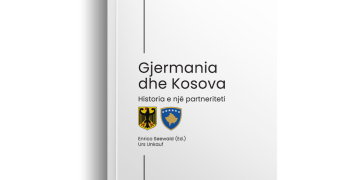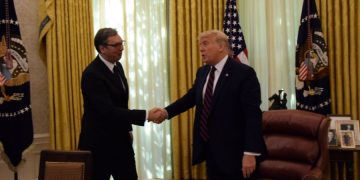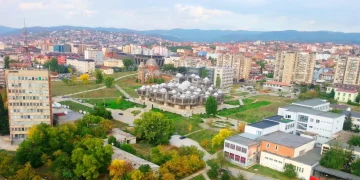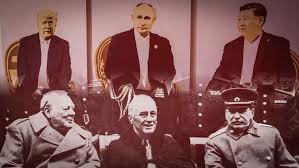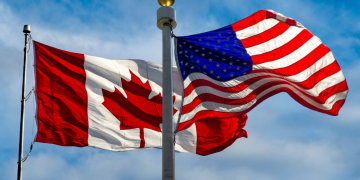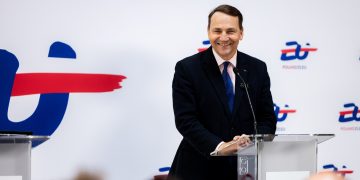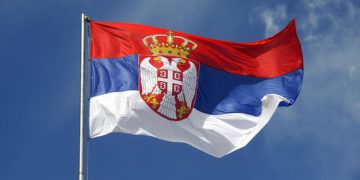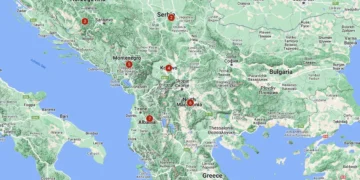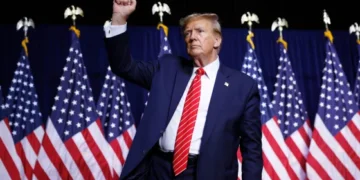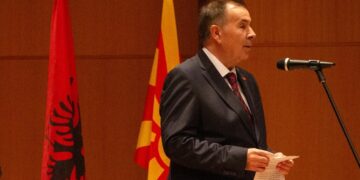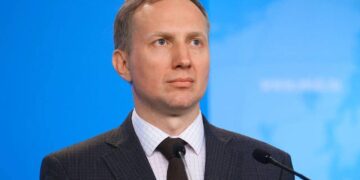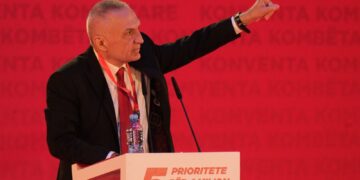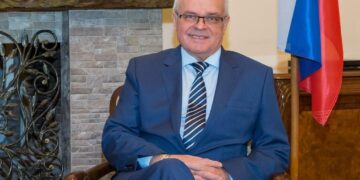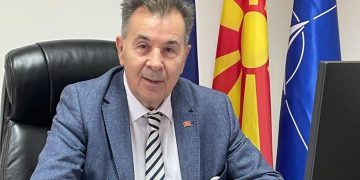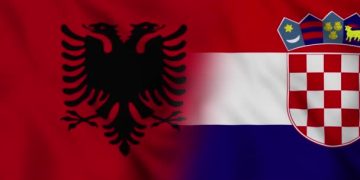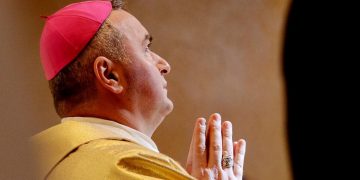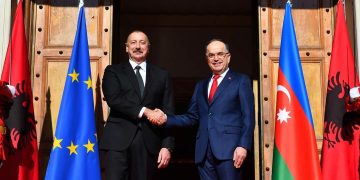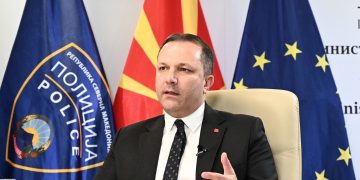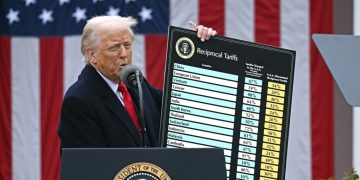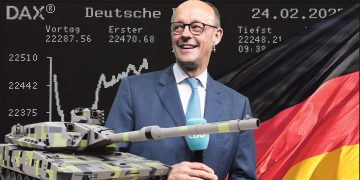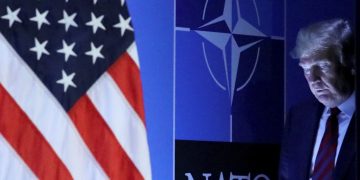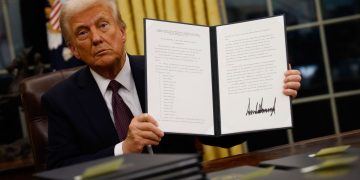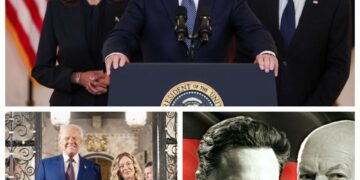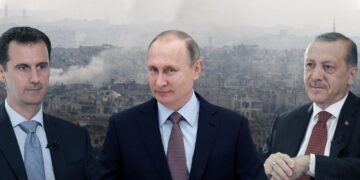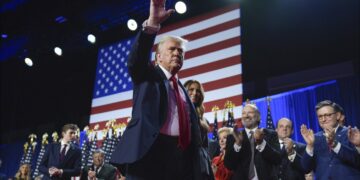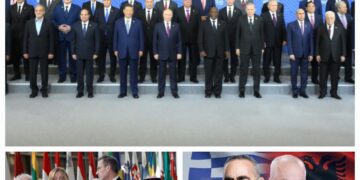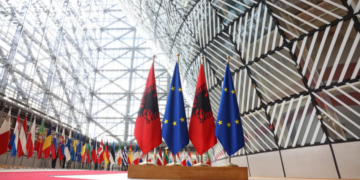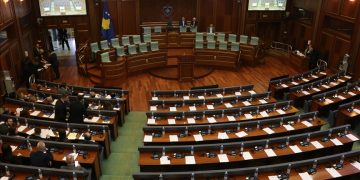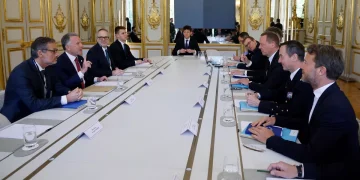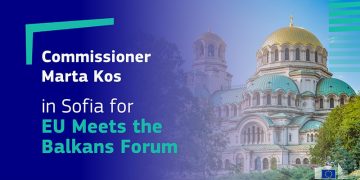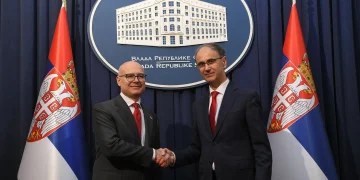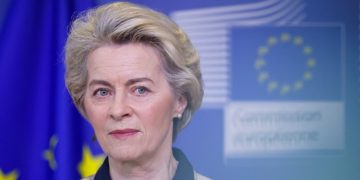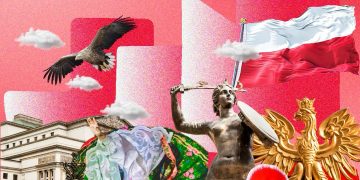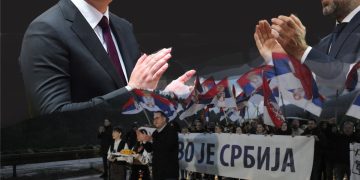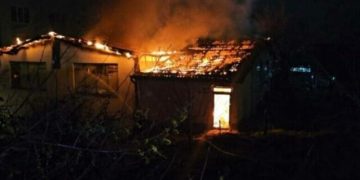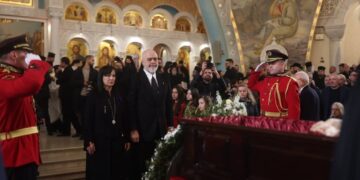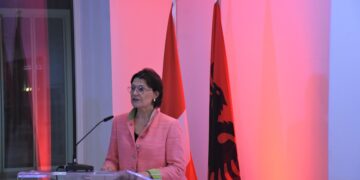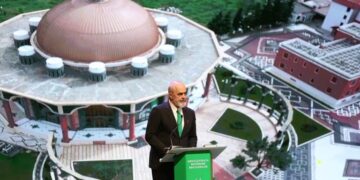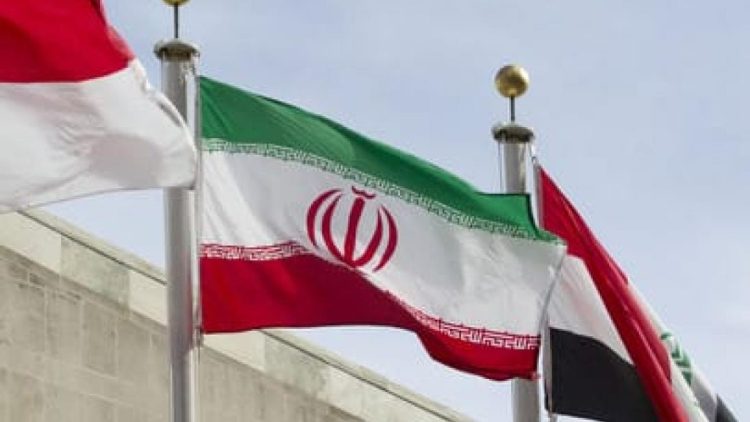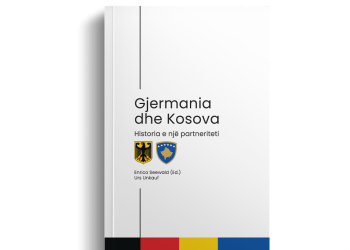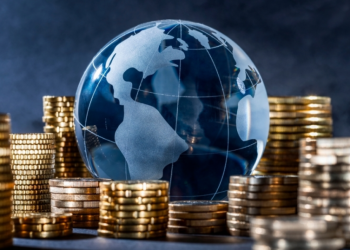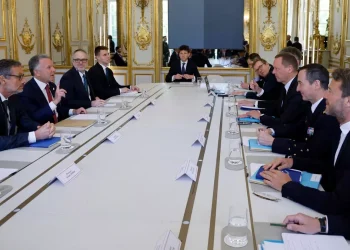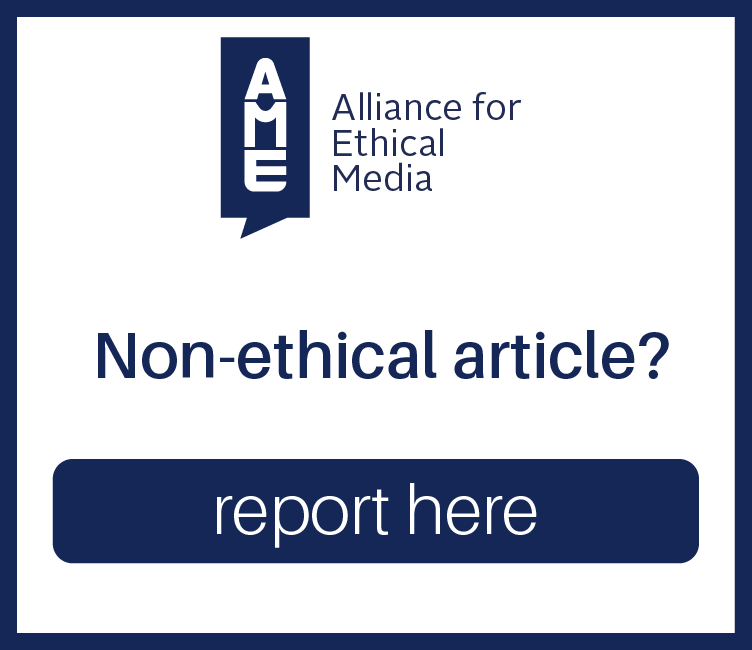The assassination of top Iranian nuclear scientist Mohsen Fakhrizadeh on 27 November 2020 near Tehran sent shockwaves that in no time were felt most strongly in Israel, Europe and the United States. The repercussions of this event will no doubt be serious and will almost certainly heighten tensions in the region; it could also prove very damaging for all the parties involved in the negociations towards the nuclear deal with Iran that began in 2013.
An Iranian Revolutionary Guard commander said that a satellite-controlled machine-gun with “artificial intelligence” was used to kill Fakhrizadeh. The machine gun had been mounted onto the back of a pick-up truck that was parked on the side of the road. Shortly after the victim had been hit a number of times and critically wounded, the pick-up truck exploded.
This claim could not be verified independently and experts and analysts in electronic warfare remain somewhat sceptical.
At first, Iranian officials provided conflicting accounts of how the scientist was killed, with the defence ministry issuing a statement saying there was a gunfight between terrorists and Fakhrizadeh’s bodyguards resulting in the death of “three to four” assailants. And on 9 December 2020, an Iranian parliamentary adviser, without going into details, said that a number of individuals had been arrested and would face trial.
In 2011, Mohsen Fakhrizadeh established and headed the Organisation of Defensive Innovation and Research, known as SPND in its Persian acronym. The SPND is, according to Israeli and US intelligence officials, a government-funded organisation tasked with the research and development of nuclear weapons.
In 2018, Israeli Prime Minister, Benjamin Netanyahu publicly warned of Fakhrizadeh’s involvement in such a programme. In fact, Israeli and other Western intelligence sources believe that this project is the continuation of the covert Project AMAD that was set up in 1989, also led by Fakhrizadeh, with the aim of developing a nuclear weapon.
The nuclear watchdog, the International Atomic Energy Agency (IAEA) however said this programme has been closed since 2003.
No one has yet claimed responsibility for the attack but it did not take very long for Iran to point the finger at Israel and the United States.
Iran’s President Hassan Rouhani said his nation would respond to this criminal action at the appropriate time, while Supreme Leader Ali Khamenei said that punishment would be definitive, without giving any further details.
While Israel has made no comment, analysts believe Mohsen Fakhrizadeh had long been at the top of the Mossad hit list.
In the United States, former Chairman of the Joint Chiefs of Staff, Admiral Michael Mullen said : “Fakhrizadeh was at the heart of the Iranian nuclear programme; he has been for years… not only the brains but also the passion behind it. So, his assassination is really a significant event”.
US and Israeli intelligence work closely together and as new concerns are on the rise about what President Trump will do in his final days as commander-in-chief, at the very least, the assassination makes President-elect Biden’s intention of reviving the Iran nuclear deal or Joint Comprehensive Plan of Action (JCPOA) much harder.
As far as the Iranian nuclear programme is concerned, this event will probably make no significant difference. Iran is way past the stage of having to rely on one individual in order to pursue its goals.
The reason for this assassination has probably little to do with Iran’s nuclear programme and very much to do with the ambitions of some regional players to derail prospects for diplomacy and a possible re-establishment of the nuclear deal.
TRUMP GIVES UP ON IRAN POLICY
In a massive reversal of US foreign policy in 2018, President Trump withdrew from the Iran nuclear deal that was signed under President Obama in 2015. President Trump’s European allies had strongly urged him to stay committed to the deal but he insisted that he could negotiate better terms.
And after signing the official withdrawal document, Donald Trump remained defiant : “They are going to want to make a new and lasting deal, one that benefits all of Iran and the Iranian people”.
The original deal imposed strict limits and monitoring of Iran’s nuclear programme. Iran was forced to get rid of the vast majority of the uranium it had already enriched, as well as get rid of most of the centrifuges that it used to enrich that uranium.
Under the deal Iran also couldn’t enrich uranium past the threshold for producing nuclear energy (3.67%), which is significantly lower than the threshold for medical uranium (20%) and weapons-grade uranium (90%).
The UN’s nuclear agency (IAEA) verified that Iran complied with the deal which is also what made the US leaving so significant, especially at a time when it was about to begin negociations with North Korea over that country’s own nuclear programme.
Europe however believes the deal works; European companies continued doing business with Iran. So this wasn’t just a blow diplomatically, it was also a blow financially to many of the US’s allies around the world.
As was to be expected, the US move played straight into the hands of the hardline elements in Iran’s government and military establishment, including Supreme Leader Khamenei himself who, from the outset had strong reservations about any sort of deal involving the United States.
The decision by Iran’s government to partially withdraw from the Iran nuclear deal came one year to the day after the Trump administration pulled out of the accord signed in 2015 under President Barak Obama.
This was of course a retaliatory measure by Iran whose major complaint at the time was that it had not seen any of the anticipated economic benefits from the deal in which it curtailed its nuclear programme in exchange for sanctions relief.
Iran also announced to the remaining five signatories of the deal that it will put an end to the transfer of its excess enriched uranium and heavy water reserves to Russia and Oman respectively.
And then in January 2020, following the US drone killing in Iraq of its top military commander, Iran announced it would no longer abide by any of the limits set by the nuclear deal, effectively ending its remaining commitments to the deal with world powers. This action included, most worryingly, uranium enrichment levels as well as research and development in its nuclear activities.
Deceased Iranian Major General Qasem Soleimani with Supreme Leader of Iran Ali Hosseini Khamenei © Khamenei.ir
EU nations desperately attempted to salvage the deal but Iran’s announcement left the deal in complete disarray. Iran’s foreign ministry added it would take even bigger steps away from the deal than initially planned.
This move , with all its inherent dangers set alarm bells ringing, especially at IAEA headquarters in Vienna where the E3 made an urgent statement on Iran to the IAEA Board of Governors, following an alarming report by the Agency’s Director General, Rafael Grossi.
The E3 refers to the grouping of Germany, France and the United Kingdom during the negotiations with Iran from 2003, when these countries launched negotiations with the aim of limiting the Iranian nuclear programme. This led to the Tehran Declaration of October 2003, followed by the voluntary Paris Agreement of November 2004.
As participants to the Joint Comprehensive Plan of Action (JCPOA), the E3 regret the US withdrawal and reiterate their continued commitment to the preservation and full implementation of the nuclear agreement.
However, the statement also adds : “Despite these good faith efforts, Iran has engaged, for a year and a half now, in numerous, serious violations of its nuclear commitments. We continue to be extremely concerned by Iran’s actions, which are hollowing out the core nonproliferation benefits of the deal. Advancements on Research & Development have irreversible consequences.
We are concerned at Iran enriching uranium above the 3.67% JCPOA limit, and the continued growth of its low-enriched uranium stockpile, which is now 2443 kg. This is a dozen times the JCPOA limit. Contrary to the JCPoA, Iran is using advanced centrifuges for the production of low-enriched uranium (LEU). Contrary to the JCPOA, Iran is also enriching at Fordo: this facility has no credible civilian use”.
As for nuclear research and development, the types and number of centrifuges Iran is using or is planning to use in the future remains a matter of concern : “Iran also continues to conduct research and development on several types of advanced centrifuges not permitted under the JCPOA and the JCPOA’s R&D Plan. This includes the operation of hundreds of IR-2m, IR-4 and IR-6 centrifuges. Iran has also introduced new types of centrifuges not authorized under the JCPOA. Iran must cease undertaking any research and development of advanced centrifuges contrary to the provisions of the JCPOA.
On top of this, Iran has announced that it intends to install advanced centrifuges at the Fuel Enrichment Plant at Natanz. The IAEA report confirms this process has already started: one full cascade of IR2m centrifuges is now installed at the FEP, as well as some IR4 centrifuges. The report also indicates that these cascades will continue to accumulate uranium. The IAEA reported on 17 November that the process of feeding the IR2m cascade with UF6 has now been initiated”.
In conclusion, the E3 demands that Iran immediately reverses its steps and returns to full compliance with the JCPOA without further delay.
As could have been expected, Iran didn’t wait long before issuing a strongly-worded response. On 21 November, Iran condemned the E3’s criticism of its expanding nuclear programme and added that European concern is totally unwarranted given that the countries involved are themselves not fully committed to the JCPOA.
The Iranian foreign ministry’s spokesman, Said Khatibzadeh even called the statement by the E3 as “irresponsible” and added that Iran was scaling back its commitments precisely because the US withdrew from the deal and Europe failed to deliver economic benefits promised after the lifting of multilateral sanctions.
He called on the E3 to fulfill its own commitments under the deal : “The peaceful nuclear activities of the Islamic Republic of Iran are fully within the framework of international laws and completely legal and legitimate, and in line with the country’s intrinsic legal rights.
This is completely in line with the JCPOA and Iran has always stressed that if other parties fully implement the JCPOA, Iran’s nuclear steps are reversible”.
IRAN THREATENS
The Iran nuclear deal suffered its first major blow when the United States unilaterally withdrew from the agreement in 2018. However, another blow was dealt on 1 December 2020, this time by Iran which could this time, mean the end of the deal.
In response to the killing of Mohsen Fakhrizadeh, parliament in Tehran approved a new bill on “strategic action” designed to lift the current sanctions on the country and to safeguard national interests. The Speaker of the Iranian Parliament, Mohammad Baqer Qalibaf said : “By ratifying the outlines of the motion, Parliament sent the enemies of Islamic Iran the message that the one-way game is over”.
The proposed bill requires the Atomic Energy Organisation of Iran (AEOI) to produce and keep in stock at least 120 kilograms of enriched uranium at 20% purity level at the Fordo nuclear facility every year, and to fulfill the country’s industrial requirements with uranium enriched above 20%. If ratified, the bill also demands that the AEOI increase the monthly production of enriched uranium for various peaceful purposes with different purity levels by at least 500 kg.
Three months after ratification of the law, uranium enrichment activities with at least 1,000 centrifuge machines of the IR-2M variety at Natanz must go ahead and the AEO will also have to launch uranium enrichment as well as research and development activities at the Fordo nuclear site with at least 164 IR-6 centrifuges and increase the number of centrifuges to 1,000 by March 2021.
Another provision of the law is the launch of a metallic uranium factory in Isfahan within 5 months and restoration of a 40-megawatt heavy water reactor in Arak, which was supposed to be re-designed and optimised under the JCPOA.
The government will be required to prevent any foreign access and monitoring beyond the Additional Protocol and if the JCPOA parties fail to honour their commitments or refuse to lift sanctions until three months after ratification of the bill, and if Iran’s banking ties with Europe or the oil purchases from Iran are not normalised until then, the Iranian administration will be required to suspend the voluntary implementation of the Additional Protocol of the Nuclear Non-Proliferation Treaty (NPT).
On 7 December 2020, France, Germany and the UK called the implementation of the proposed bill as “incompatible” with the JCPOA and described Iran’s announced plans to install three more cascades of advanced centrifuges in the Natanz nuclear facility, in contravention of the agreement, “deeply worrying.”
The E3 also voiced its “great concern” over the law that was passed by the Iranian Parliament at the beginning of December calling for the expansion of the country’s nuclear programme and to stop allowing access to IAEA monitors to nuclear sites, unless Europe eases sanctions on Iran’s gas and oil industries by the end of December.
The E3 added that these actions by the Iranian government risk “compromising the important opportunity for a return to diplomacy with the incoming US administration”.
It should be noted however that the law is not binding unless it is approved by Supreme Leader Ali Khamenei.
Be that as it may, the E3 issued a statement in response to Iran’s planned new laws.
The following is the full text of that statement issued by the German Federal Foreign Office :
We, the governments of France, Germany and the United Kingdom have worked tirelessly to preserve the Joint Comprehensive Plan of Action (JCPOA). It is a key achievement of multilateral diplomacy and the global non-proliferation architecture. We negotiated the JCPOA with the conviction that it would decisively contribute to building confidence in the exclusively peaceful nature of Iran’s nuclear programme, as well as to international peace and security. It remains the best, and currently the only, way to monitor and constrain Iran’s nuclear programme.
Iran’s recent announcement to the IAEA that it intends to install an additional three cascades of advanced centrifuges at the Fuel Enrichment Plant in Natanz is contrary to the JCPOA and deeply worrying.
Furthermore, we have taken note, with great concern, of the recent law passed by the Iranian Parliament, which – if implemented – would substantially expand Iran’s nuclear programme and limit IAEA monitoring access. The measures would be incompatible with the JCPOA and Iran’s wider nuclear commitments.
If Iran is serious about preserving a space for diplomacy, it must not implement these steps. Such a move would jeopardise our shared efforts to preserve the JCPOA and risks compromising the important opportunity for a return to diplomacy with the incoming US Administration. A return to the JCPOA would also be beneficial for Iran.
We will address Iran’s non-compliance within the framework of the JCPOA. We welcome the statements by President-elect Biden on the JCPOA and a diplomatic path to address wider concerns with Iran. This is in all our interests.
REVIVING THE DEAL: AN UPHILL BATTLE ?
As US President-elect Joe Biden prepares to take office, European leaders are hoping a new White House administration could see the US return to the Iran nuclear deal. Joe Biden has already signaled interest in reviving the agreement which would see the US once again lift sanctions against Iran in return for its limiting its nuclear activities.
But there are still many hurdles along the way because although the Biden administration has said very clearly that it’s in for a compliance for compliance process, this is of course far easier said than done.
On top of this, it should be mentioned that real steps forward need to be made prior to the Iranian presidential election in the summer of 2021, which basically means that Europeans have that space of time between January and June 2021 to make concrete progress which requires on the one hand Iran stepping back from its own non-compliance from the agreement, in particular in terms of enrichment capacity and of course the US re-entering the agreement and pulling back in terms of sanctions.
This will certainly not be an easy task. But if one wanted to see a silver lining to this saga, it is probably fair to say that if the Iranians were really not interested in it, they would certainly have taken the opportunity over the last two years, to pull out of the agreement themselves. And then, as far as the Europeans are concerned, since 2002 or 2003 this has basically been their biggest foreign policy success; if there is one issue on which they have actually been proved to deliver, it is precisely this one.
However, the European dilemma seems to be that they do want to put additional pressure on Iran but at the same time don’t want to side too openly with the United States. And another, reason for perpetual tension between Iran and the EU, although unrelated to the nuclear issue, is the continuing arrest and detention of mostly Iranian-European dual nationals as well as a number of high-profile arrests and prosecution of Iranians within the EU.
It is widely thought that Iran’s principal aim is to use these detainees as bargaining chips for the release of their own nationals held in foreign prisons. In any event, this manner of conducting multilateral relations does nothing to smoothe out differences where tensions, albeit for other reasons is already high.
The latest high-profile case which has stoked tensions with Tehran concerns an Iranian diplomat and three accomplices standing trial in Belgium and accused of carrying out a plan organised by Iranian intelligence services to explode a bomb during a meeting of an exiled opposition group in France. Assadollah Assadi who was the third secretary at the Iranian embassy in Vienna is accused of handing over an explosive device to a Belgian couple of Iranian origin, with the purpose of bombing a rally held by the Mojahedeen-e Khalq (MEK) opposition group near Paris.
The trial in Antwerp shines another uncomfortable light on Iran’s international activities and came one day after a prisoner swap that saw three Iranians released from a prison in Thailand over a 2012 bomb plot in exchange for an Australian-British academic imprisoned by Tehran for alleged spying.
Iran may well have the intention of implementing a plan for the exchange of the diplomat for a number of British, French and other Europeans with dual nationality held in Iranian prisons for alleged spying activities.
Another blow to Iran-EU relations came on 12 December 2020. The execution of dissident journalist Ruhollah Zam in Tehran comes as Iran is attempting to pressure France and other European nations to resume cooperation over the collapsed nuclear deal.
Zam, who was granted political asylum in France and reportedly lived in Paris, ran a channel on the Telegram messaging app called Amadnews. He was one of several people to have been sentenced to death over participation or links to protests that rocked Iran between 2017 and 2019.
Executions of course never help the perception that Iran’s adversaries have of that country. That perception and that narrative is that Iran abuses human rights, there is no social freedom, no press freedom, no political freedom and it is very likely that Iran’s adversaries, especially Western powers and influential human rights organisations will once again point to this execution as yet more proof.
The European Union condemned Zam’s execution “in the strongest terms”, and a statement from the EU External Action Service reiterated the bloc’s “irrevocable opposition to the use of capital punishment under any circumstances”.
However when it comes to Iran and the European Union, the stakes are so high in the nuclear deal that although this single execution may not be enough to completely derail efforts at restoring dialogue towards an agreement, it will no doubt heighten tensions even further and cast another long shadow over the proceedings to come.
As for the future of the Joint Comprehensive Plan of Action, there just may be a ray of hope. Supreme leader Ali Khamenei has said that Iran is willing to go back to full compliance if, and only if the United States, under new President Joe Biden rejoins the agreement.
So, that is the crucial question right now…we are all on hold.
Hossein Sadre
https://europe-diplomatic.eu/politics/iran-nuclear-deal-on-the-brink-the-ongoing-european-dilemma/


